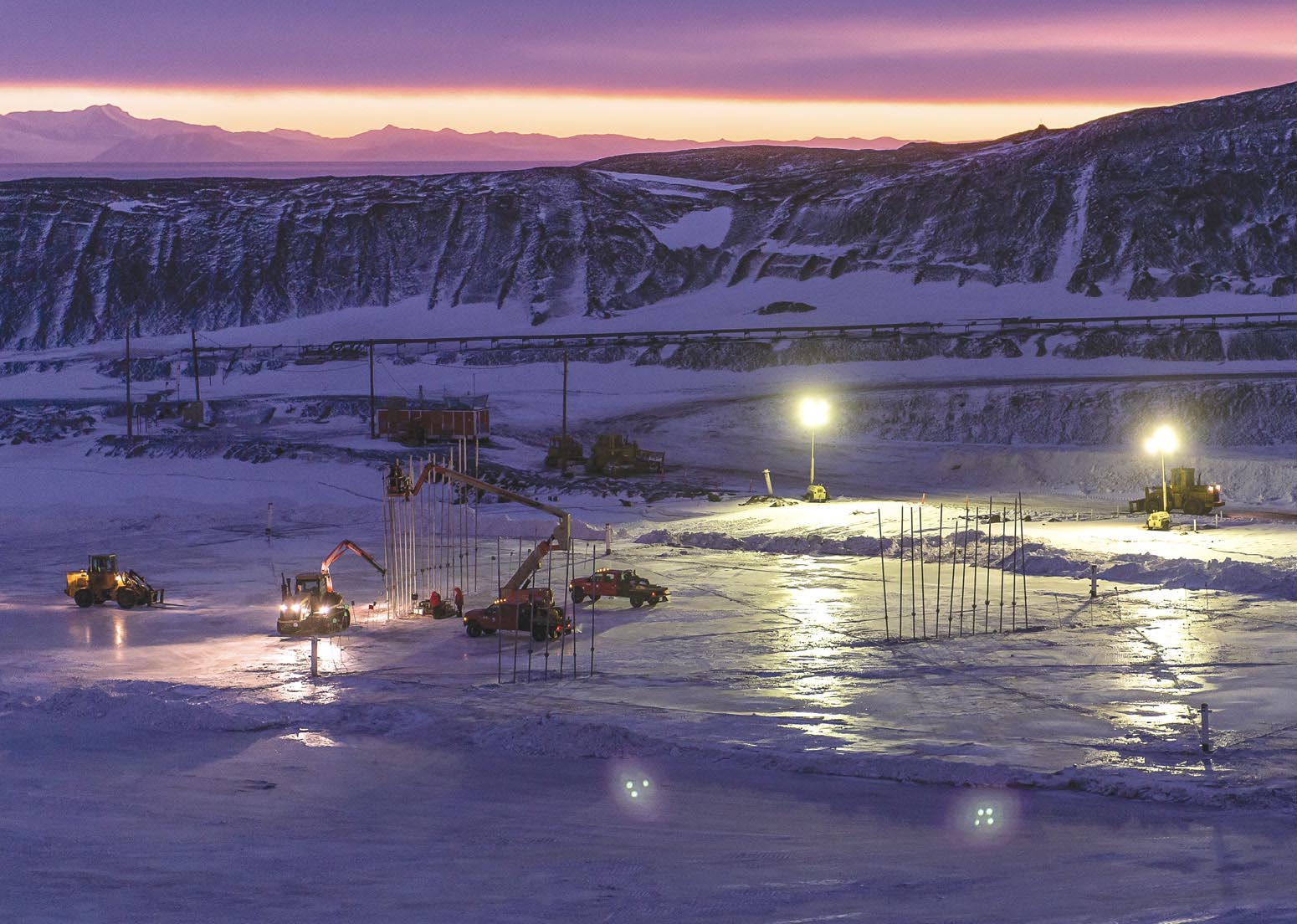Trump defunds NSF construction budget
DOI: 10.1063/pt.kyuc.hlbh
The NSF budget for major construction projects is set to be eliminated for fiscal year 2025 after President Trump canceled some of the emergency funds that were appropriated by Congress in March. Top Senate appropriators argue that the action is illegal and puts at risk all $12.4 billion of the funding, which is allocated to NASA and other agencies.
If Trump’s decision stands, it is unclear whether NSF could transfer money from other accounts to cover the $234 million shortfall in its Major Research Equipment and Facilities Construction (MREFC) account. That hole represents 2.6% of the agency’s FY 2024 top-line budget of $9 billion.
Congress funded the MREFC account using emergency funding that was agreed to in a 2023 bipartisan side deal that allowed legislators to exceed spending caps set in law. Appropriators used the same funding method for MREFC in the final FY 2025 spending legislation that was enacted in March. The legislation largely carries forward spending levels from the prior year.
Trump wrote to Congress on 24 March declaring that the MREFC account and 10 others were “improperly designated by the Congress as emergency” in the 2023 deal.
Appropriators on both sides of the aisle objected to Trump’s move as an encroachment on their spending power. Senators Susan Collins (R-ME) and Patty Murray (D-WA), who lead the Senate Appropriations Committee, sent a letter to the Office of Management and Budget stating that the language of the appropriations legislation “has always been interpreted to give the President a binary choice: He must concur with all or none of Congress’s emergency designations.”
Murray highlighted in a press release how the decision jeopardizes the MREFC funding and a $100 million appropriation for procurement and construction projects at NOAA. Both Collins and Murray said that the availability of all the emergency funding could now be at risk, including the $9 billion in spending that Trump has approved. Those expenditures include $250 million for NASA’s construction and environmental compliance budget and $450 million for its human exploration budget.

Crews at McMurdo Station in Antarctica work in 2015 to repair cracks in a pier. NSF had planned to allot some of the $60 million it requested for Antarctic infrastructure upgrades in fiscal year 2025 to replacing the pier, which is used to receive shipments of supplies. (Photo by Bill Henriksen/USAP/NSF/CC BY-NC-ND 4.0

NSF’s MREFC account funds major projects, which cost more than $100 million to construct, and mid-scale research infrastructure, which costs $20 million–$100 million to build. The $234 million appropriated by Congress for FY 2025 falls short of the $300 million that NSF had requested.
The agency had requested $60 million for Antarctic infrastructure upgrades, such as building a new ice pier for offloading resupply vessels at the McMurdo research station. The current pier has failed three times in the past 12 years. “If the infrastructure that enables Antarctic science is not kept robust and efficient, [the US Antarctic Program] is at risk of losing science capabilities year over year as facilities, utilities, equipment, and the vehicle fleet degrade,” the agency wrote in its budget request.
NSF had also requested $154 million for the Leadership-Class Computing Facility in Texas, which will host an academic research supercomputer that the agency had said would begin operations next year.
The agency had asked for another $85 million to fund mid-scale infrastructure projects. Recently funded projects include a new weather radar system, instruments for observing the cosmic microwave background, and a compact x-ray free-electron laser facility.
Many other major projects have been waiting in the wings for MREFC funding. Among the projects are the Giant Magellan Telescope and the Thirty Meter Telescope, either of which would require a significant and sustained MREFC budget increase to move forward with NSF support.
NSF declined to comment on how Trump’s decision might affect its infrastructure projects.
